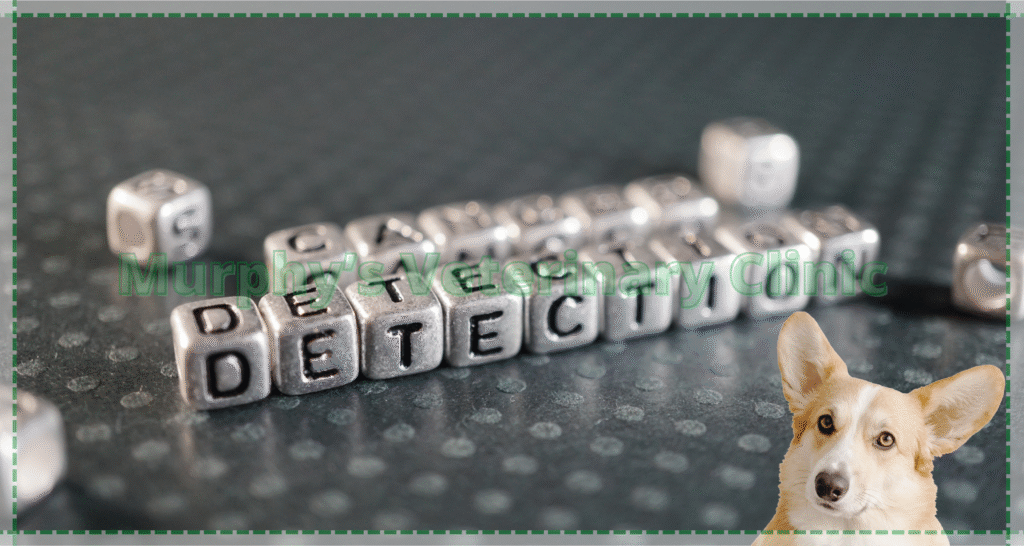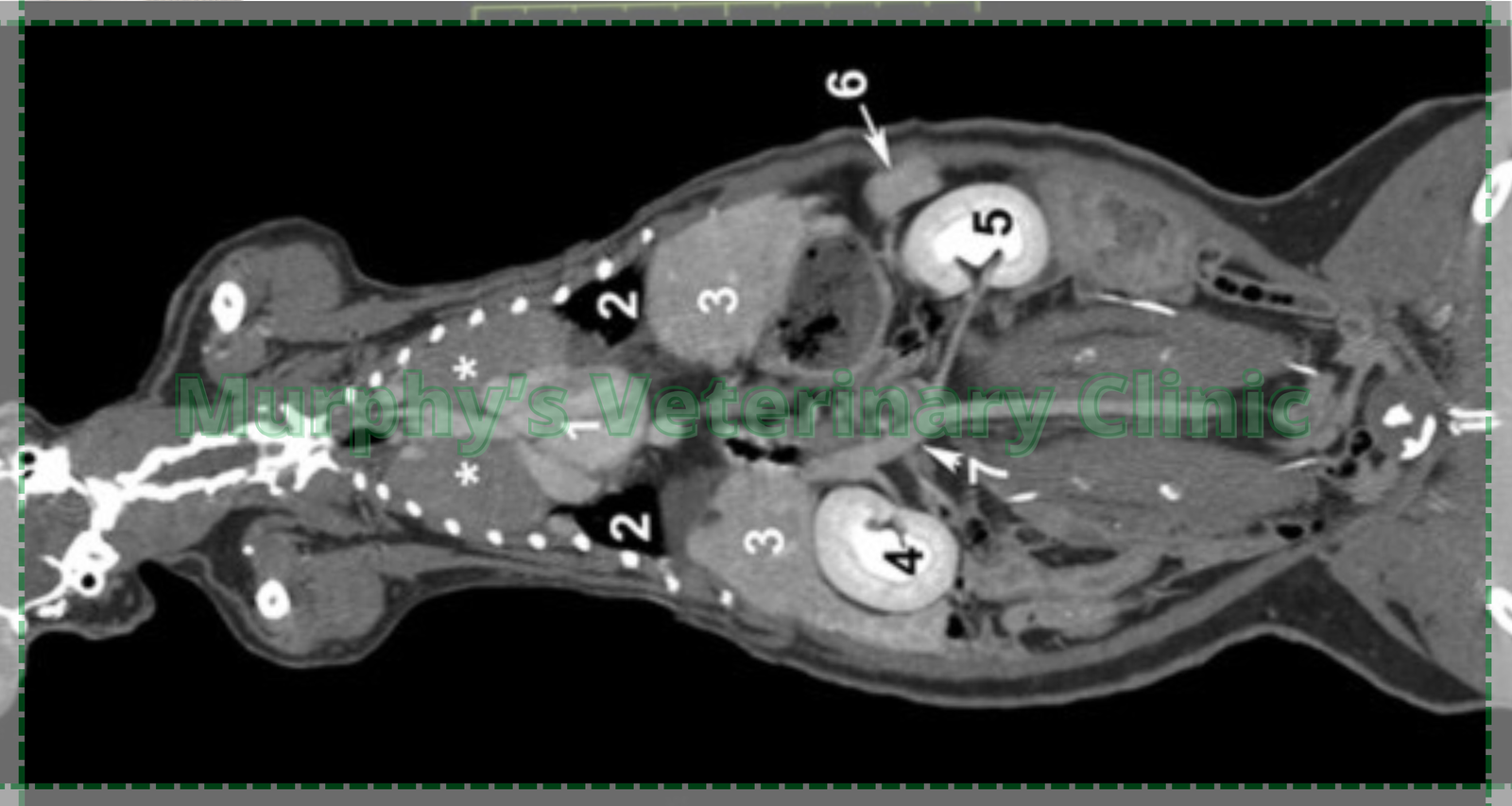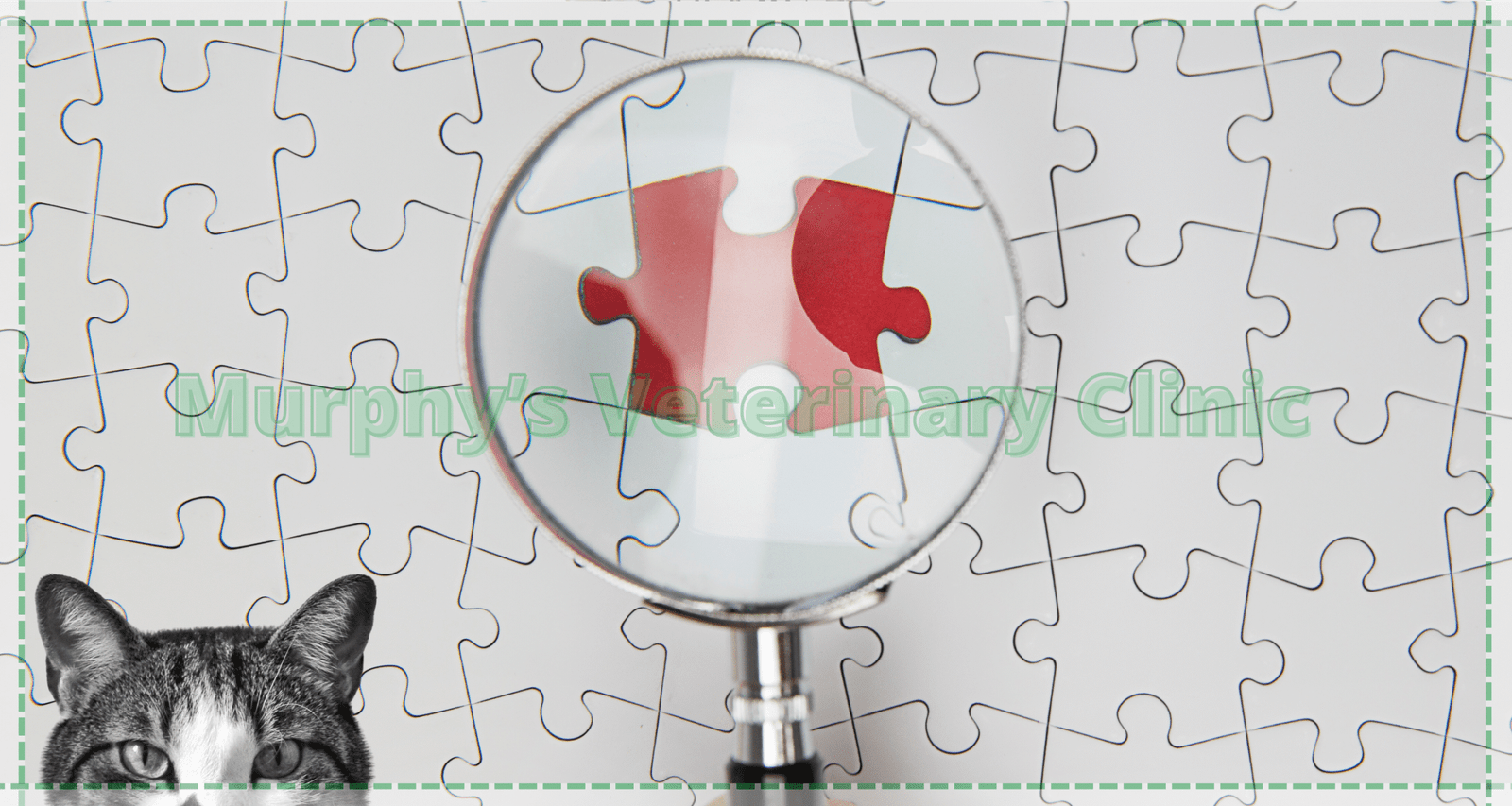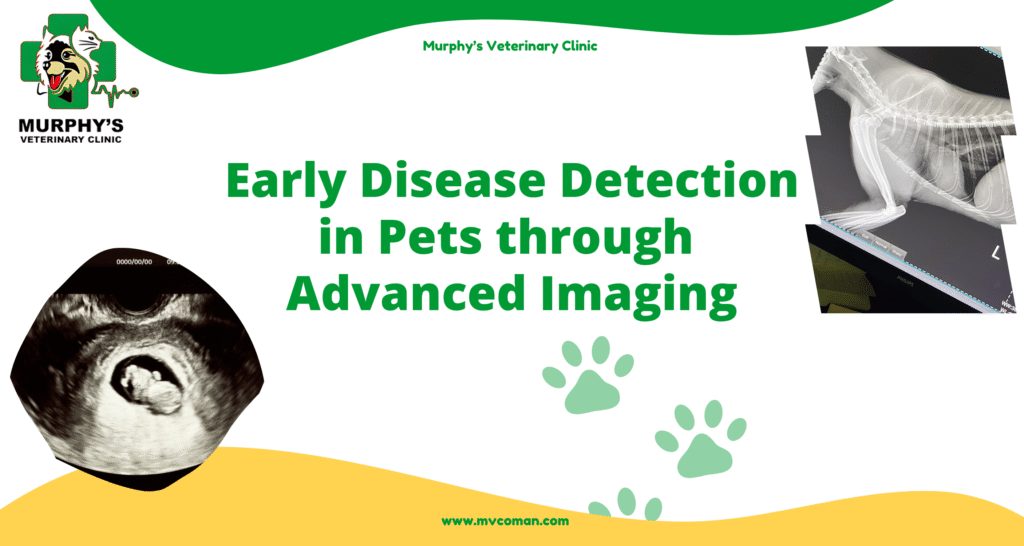Diseases & Treatments, Veterinary Science & Advances
Early Disease Detection in Pets through Advanced Imaging
Early disease detection in pets is one of the most important factors in preserving their health and extending their lifespan. Many illnesses begin silently and can only be identified using precise methods such as imaging. Since pets can’t express their pain or discomfort, regular check-ups—especially with imaging tools—enable veterinarians to respond before the condition worsens. Early disease detection in pets makes treatment simpler, more affordable, and more effective. Whether as part of routine care or when symptoms appear, these technologies are essential. Tools like X-ray, ultrasound, Ct scan and MRI are now standard in modern pet diagnostics. Imaging, as a key support for early disease detection in pets, helps develop the most appropriate treatment plans. This article explores how imaging plays a vital role in uncovering hidden health issues in pets.

Accurate Early Disease Detection in Pets with Imaging
Imaging technologies enable early disease detection in pets by identifying internal disorders before external symptoms develop. Tools like X-rays and ultrasounds help diagnose bone, cardiac, or kidney issues in early stages. This allows veterinarians to begin appropriate treatment sooner. Conditions such as cancer or heart failure often show no initial signs and are detectable only through clear imaging. Imaging makes early disease detection in pets scientific, precise, and efficient. It also saves time and cost for pet owners. Pet imaging is non-invasive, safe, and suitable even for sensitive animals—making it a practical solution for routine and emergency cases.

Common Imaging Methods Used in Early Detection in Pets
Veterinarians rely on various advanced imaging methods for early disease detection in pets, depending on the type and location of the issue. The table below summarizes common methods:
| Imaging Type | Primary Application | Key Advantage |
|---|---|---|
| X-ray (Radiography) | Bone analysis, chest cavity | Fast, accessible, low-cost |
| Ultrasound | Abdominal organ evaluation | Painless, suitable for soft tissue |
| CT-Scan | Tumor and internal injury detection | High clarity, 3D visualization |
| MRI | Brain and spinal cord diagnostics | Superior neurological accuracy |
| Echocardiography | Heart structure and function assessment | Non-invasive, safe, efficient |
These methods help ensure accurate early disease detection in pets with tailored diagnostic insights.

Imaging in Emergency Situations for Early Disease Detection in Pets
In sudden health crises, imaging can be lifesaving. When a pet collapses, shows sudden pain, or behaves abnormally, fast imaging can reveal hidden injuries or organ damage.
- Detecting Hidden Internal Injuries: Identifies bleeding or organ rupture quickly.
- Brain Assessments in Sudden Collapse: MRI reveals neurological causes.
- Avoiding Misdiagnosis: Clear visuals reduce diagnostic errors.
- Preventing Pet Mortality: Early detection significantly increases survival rates.
Early detection in pets during emergencies makes the difference between life and death.

Detecting Hidden Conditions with Imaging in Pets
Some illnesses show no visible symptoms and are only identified through imaging. Conditions like kidney stones, internal tumors, or digestive blockages may remain unnoticed without imaging.
- Routine Checks for Senior Pets: Older pets are more prone to hidden issues.
- Detecting Invisible Tumors: Imaging methods provide detailed visuals.
- Evaluating organ function: Evaluation of the internal organs such as liver, kidneys and heart.
- Clarifying Vague Symptoms: Imaging can pinpoint otherwise unclear problems.
Using imaging for regular monitoring ensures early disease detection in pets and long-term well-being.

Treatment Planning Based on Early Detection in Pets
Once an accurate diagnosis is made, veterinarians use imaging to develop the most effective treatment plans.
| Benefits of Imaging in Treatment Planning | Result |
|---|---|
| Avoids unnecessary surgeries | Enables medication or less invasive care |
| Reduces treatment costs | Focuses efforts on the most effective approach |
| Enhances recovery process | Speeds up healing with targeted actions |
| Tracks treatment progress | Compares before-and-after images |
Early detection in pets through imaging leads to smarter, more personalized care.
Conclusion:
Early disease detection in pets prevents suffering and ensures faster, simpler, and more effective treatment. Pet imaging, as a precise, quick, and safe tool, plays a critical role in modern veterinary medicine. From regular check-ups to emergencies, imaging is essential for evaluating a pet’s internal health. It helps identify issues before they escalate and gives pet owners peace of mind. By detecting diseases early, we can avoid expensive and complicated procedures, offering pets a healthier life. Pet owners should recognize that prevention is better than cure—and imaging is one of the smartest ways to care for their furry companions.
Murphy’s Veterinary Clinic is equipped with state-of-the-art imaging tools, including digital X-ray, advanced ultrasound, and echocardiography. Their experienced veterinary team delivers accurate diagnostics to support early disease detection in pets. If you’re looking for a trusted clinic in Oman for imaging services and comprehensive health evaluation, Murphy’s is your go-to destination.


